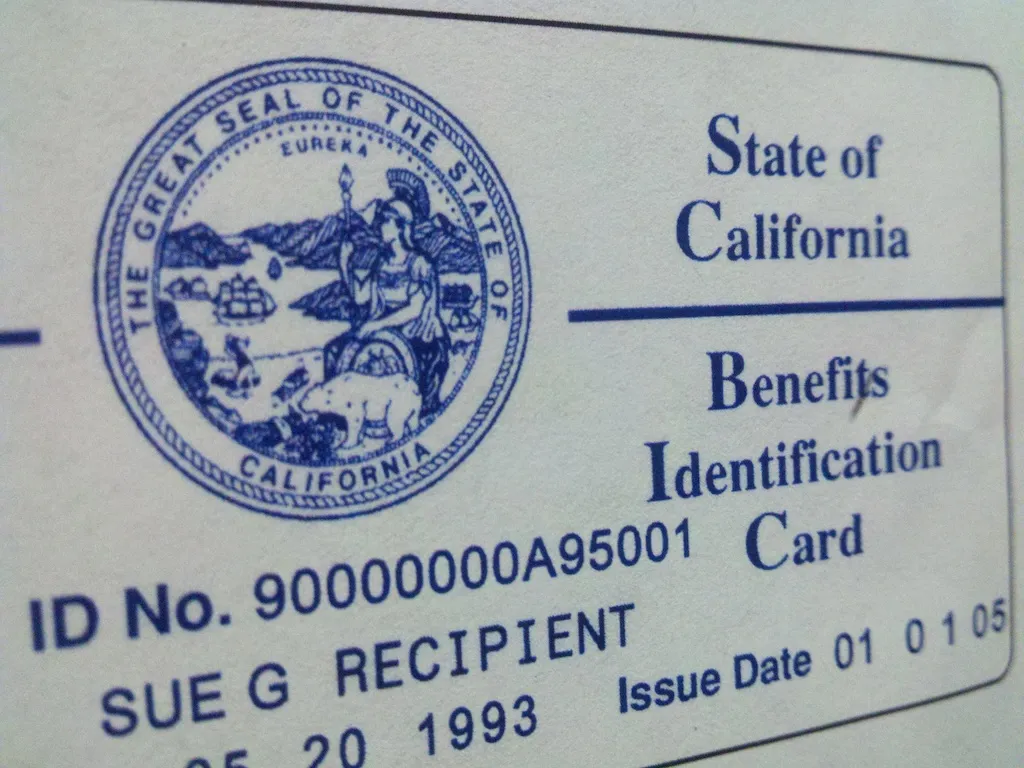While diabetes grows at alarming rhythm, California invests in a strong prevention campaign.
California officials decided this week to dedicate $ 5 million to prevent people with high risk of diabetes from effectively raising the disease, hoping to reduce the large number of Californians who are expected would be diagnosed in the coming years.
At present, 9% of Californians suffer from diabetes, but a study last year discovered that 46% of state adults have prediabetes, a condition in which blood glucose levels are higher in whatNormal, but not high enough to be considered as diabetes.
"This is an amazing figure," said Flojaune G. Cofer, researcher and policy director of Public Health Advocates, based in Davis, which sponsored the bill, SB 97, which adds the new financing.
Cofer said that if no measures are taken to prevent prediabetics from developing the disease, millions of Californians will suffer in the next five years and the rate of said evil will double in the state.It is estimated that approximately 70% of prediabetics will become diabetics throughout their lives.
Governor Jerry Brown approved $ 5 million on Monday to pay the Medi-Cal beneficiaries to register with the Diabetes Prevention Program, which will begin in July next year.Participants must be overweight and high levels of blood sugar, but not having developed diabetes.
The program helps people lose between 5% and 7% of their body weight by eating in a healthier way, exercising more and reducing stress, all of which has shown to half the risk of diabetes.California will thus become the third state to cover the program as a benefit from Medicaid, after Montana and Minnesota.
Daniel Zingale, Senior Vice President of California Endowment, said that Medi-Cal has long covered the high dialysis costs for diabetic patients whose kidneys fail, but not the minor costs of trying to make people eat better and work more to preventThe disease first."The revolutionary of this change is that, finally, it begins to recognize that investing more modest amounts in prevention can save huge sums of long -term money," he said.
The $ 5 million state investment is expected to be completed with another $ 8 million from the federal government, Cofer estimated.Every year, the State expects to register around 25,000 people.The implementation of the program should save about $ 45 million a year by preventing many prediabetic patients from developing the disease -and, therefore, require less medical treatments.


